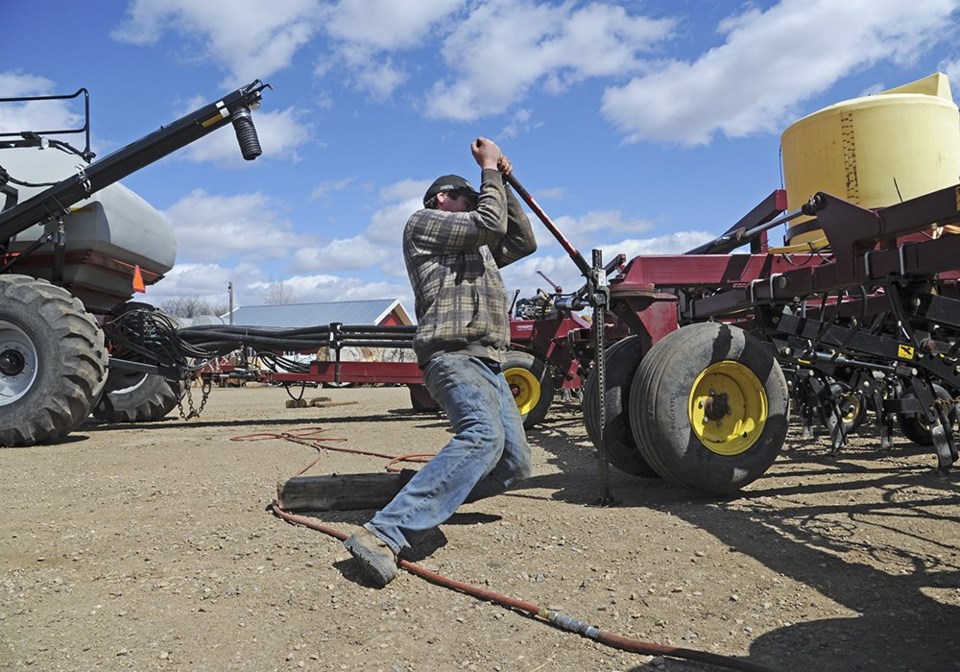WESTERN PRODUCER — Farmers’ ability to find and keep employees is probably being crippled by a new reality that exacerbates a bad, old reality: “It’s easier to pick and choose.”
That observation was made by economist Chris Ferris when I met with him the other day to chat about the mystery of why so many industries and businesses have “help wanted” signs posted out front.
After all, many businesses closed during the pandemic, Canada’s population has grown, and it seems reasonable to think that workers would be having a tougher time finding work than employers would in finding willing workers.
In agriculture, the situation is particularly critical with an already badly underpopulated farm and agriculture workforce pre-pandemic appearing to become severely underpopulated.
The job market might be the most challenging market farmers cope with this year.
Farmers and employers like hog barns and packing plants are often operating well beneath what they would consider acceptable staffing levels due to their inability to find or retain enough workers. For packing plants and hog barns, that can mean operating beneath capacity. Packing plants have cut shifts and reduced production due to a critical and ongoing lack of workers.
For farmers, not having sufficient help on-farm often means working extreme hours, avoiding certain types of production if they seem too labour-intensive, and themselves burning out.
These are all serious risks to a farm’s viability. It might not show up on the farm’s financial reports, other than as a saving in labour costs, but it can be a severe limitation and danger.
There are many reasons it has become extremely hard to find people who want to work on farms and in other agricultural operations. For one, far fewer people live in rural areas than ever before. There’s a smaller workforce near where most farms are located.
As the farm population has fallen, there are fewer people growing up on farms and having any experience with farm work. To most of today’s workers, farms are an alien environment.
Farms have turned more and more to immigrant labour to fill the growing void, but that probably won’t be sufficient in the long run. It wasn’t sufficient before the pandemic and it certainly isn’t likely to be sufficient now that the labour shortage has become extreme.
Even once most industries have stabilized and returned to normal, there might still be a significant shortage of workers across Canada. The early retirement trend might continue.
Ferris’s comment about workers being able to “pick and choose” is alarming for agriculture because farms don’t tend to be the workplaces the average unemployed worker would put at the top of their list of great potential workplaces. Agriculture jobs are often the marginal jobs that become attractive once more comfortable, less seasonal jobs become difficult to find. How many of today’s small pool of unemployed workers would choose agriculture as their preferred job destination?
That’s the challenge for farmers: making ag jobs seem attractive to people who didn’t grow up on farms, don’t live in the country and have lots of other options.
“A little bit of extra effort will probably be needed,” said Ferris.
Farmers were already struggling to find workers before COVID-19 hit. The problem has now become extreme.
There isn’t any easy answer to the question of how a farmer can make his farm seem like a great place to work.
But that question is the place to start: how do I make my farm seem like the sort of place somebody would want to work?
If you can’t find an answer for that question, you’d better get working on one.

